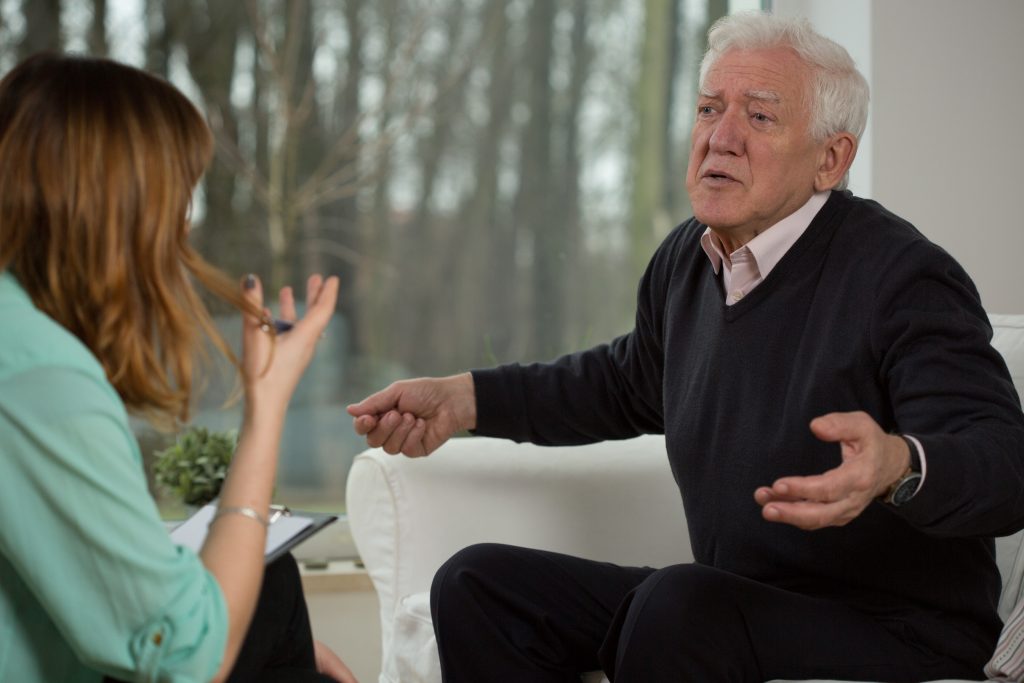
Interviweing the client and taking effective notes of what they share and what is observed to create a proposal for an aging in place solution
When we initially meet with a client in their home, we have so much to do and remember.
We have to greet them (with the initial objective of getting them to like us so they will respect what we are saying and desire to work with us as a trusted consultant to help them achieve the solutions they seek), learn what their needs are, confirm or determine their budget (if we haven’t done this in our preliminary telephone discussions with them prior to setting the meeting and arriving at their home), ask about their needs and listen attentively to what they share with us, observe their home and determine first-hand what some of the issues are that they are facing and that may be factors in creating suitable solutions for them, discuss and note possible changes that will achieve the help they are seeking, take measurements and photographs of the important parts of their home that will guide us in making recommendation, and then close our time together effectively by setting the next contact.
But this is not enough. We can’t just leave with a lot of impressions and photos. There’s an important step missing – note taking.
But isn’t making a lot of notes unnecessary and time-consuming in front of the client – especially if we have a good memory or we don’t want to slow down the time it takes to meet with the client and leave to get started on making our proposal?
Actually, making a detailed record of our visit and writing down everything we learned from our client, including our observations of what was not said but perceived, is what we will need to make a quality proposal for their renovations. We can’t rely on our memory when it comes to specific measurements, opinions the client shared with us, things we noticed in their home that will have a bearing in how we choose to move forward, and anything else that we will need to refer to and rely on in formulating our proposal and scope of services for our client. A good memory is fine, but this is a case of having a good reference to use. We can’t go back to the client or call them to go over details that we already offered by the client or that we should have noticed and recorded. We can’t call the client and ask them to repeat themselves. We might ask them to clarify something for us but not to go back over details they have already shared. It is our responsibility to make a note of that information as we are hearing it.
We have so much to do when we are working with a client. We have to focus on establishing a great relationship with them, observing their home and noting details that they might not be sharing as we as confirming information they are giving us, looking for ways that they home can be improved to serve their needs better, noting ways that we can create solutions that will be effective and in line with their expressed budget, listening attentively to what they are sharing with us and expressing about their need and possible frustrations they have with their current home configuration, recording what we are seeing (with a checklist, notepad, measurements, or photos), and demonstrating to the client that we are capable of creating a solution that will enable them to continue living in their home for years to come. Then we have to go back to our office, make some sense of everything we have noted, heard and observed, and formulate a proposal on moving forward to create and implement a solution for them.
Then, we will take our proposal, meet with them again, determine if they are ready to proceed with what we have drafted or if it needs some revisions, learn if anything has changed since the initial meeting a few days earlier or if any of the priorities need to be revised to stay within the budget or if the clients have changed their mind about what they need or what their budgetary parameters are, or if additional issues have surfaced.
After this meeting, we may need an additional meeting to review a revised proposal, or we may have secured their agreement and be ready to get started with our renovations to their living space.
None of this can happen without taking good notes and documenting every step of the process. We want to make sure that we have accounted for every aspect of what the client needs and that we have addressed them in our proposal, Record keeping on the form of taking excellent notes of what we have observed, learned, and discovered are essential for creating an effective solution for our clients.
